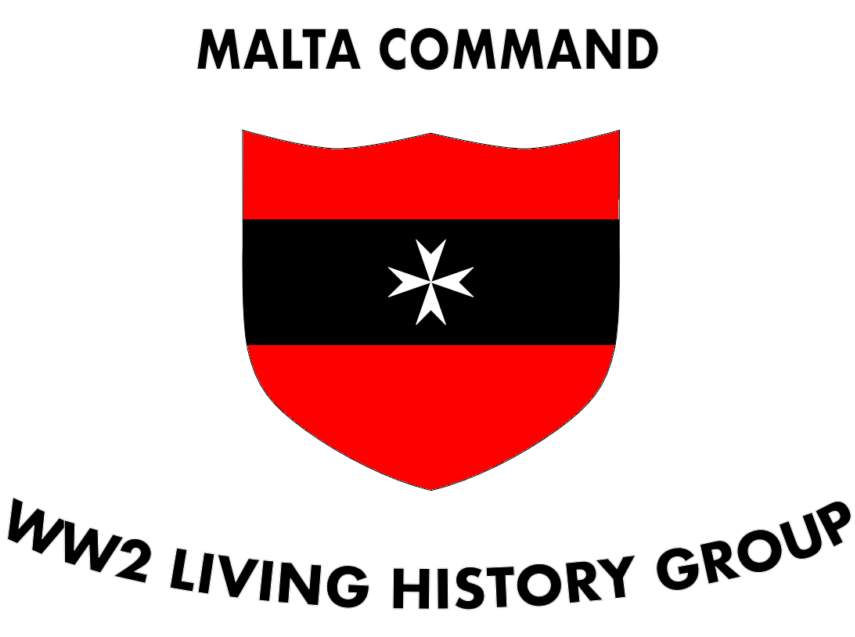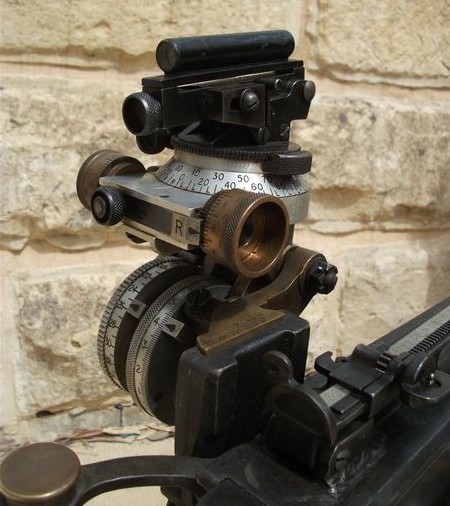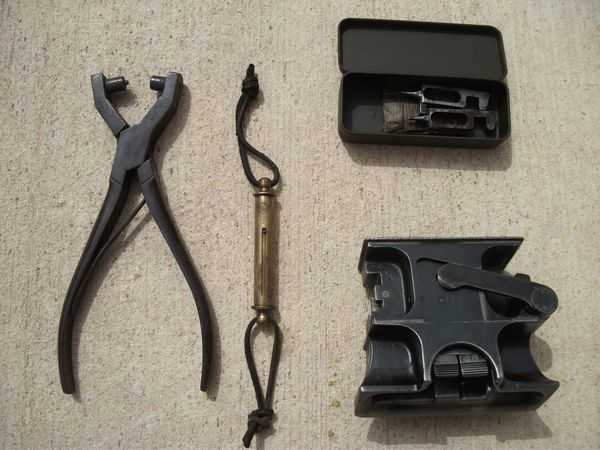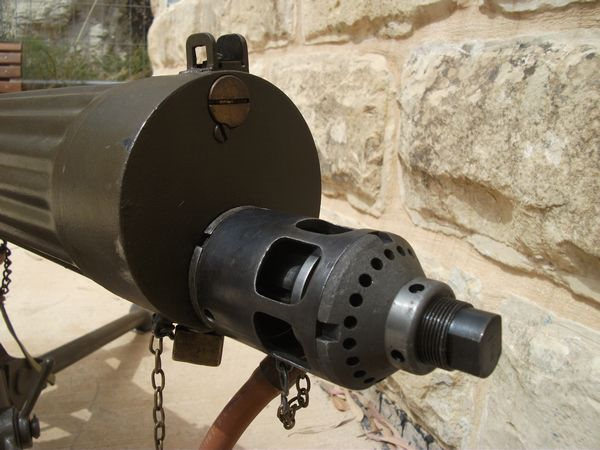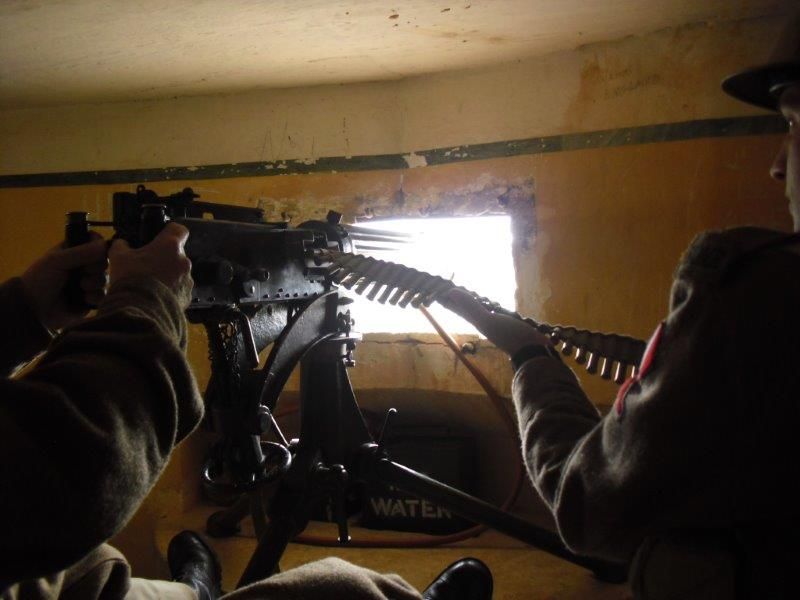In 1896 the Vickers Company, famous for their shipyards and engineering works, bought the Maxim Machine Gun Company. With their expertise gained from designing anything from submarines to trains, they soon got down to improving the Maxim gun!
The result was the Vickers machine gun of .303 inch calibre (7.7 mm ) which was tested by the British Army and adopted as their standard Heavy Machine Gun on 26th November 1912.
Soon after, in August 1914 the First World War broke out. Vickers, Sons and Maxim (VSM ) greatly increased production to keep up with the ever-increasing demand.
The use of machine guns by all the armies led to enormous loss of life. They dominated the battlefield and contributed to the stalemate, as any attempt to attack enemy positions would either fail or else achieve negligible gains at great cost!
After World War I the Vickers was further developed by designing and manufacturing from 1933 a scaled-up version of 0.5 inch calibre. This was for use as secondary armament in tanks, and it took over the description ‘Heavy machine gun’ with the original 0.303 inch model becoming the ‘Medium machine gun’.

The Vickers Medium machine-gun as used during World War 2. The leather box contained parts and tools, and the dial sight can be seen fitted in its bracket.
The M.G. Water tank also provided water coolant to the machine gun barrel when it was fired in order to prevent overheating damage.
An auxiliary dial sight was introduced for the 0.303 Vickers to allow indirect fire. The original flat muzzle was redesigned and given a conical shape, possibly to reduce damage should it be hit by enemy fire.
The Vickers continued in service through World War II, the Korean War and various other minor wars, to be finally withdrawn from service on the 30th March 1968.
Compared with other machine guns, the Vickers had a rather low rate of fire, around 450 rounds per minute. This had the advantage of reducing ammunition wastage and affording better control, and it does not seem to have been a disadvantage considering that it was retained in front-line service with a major army for 56 years!
